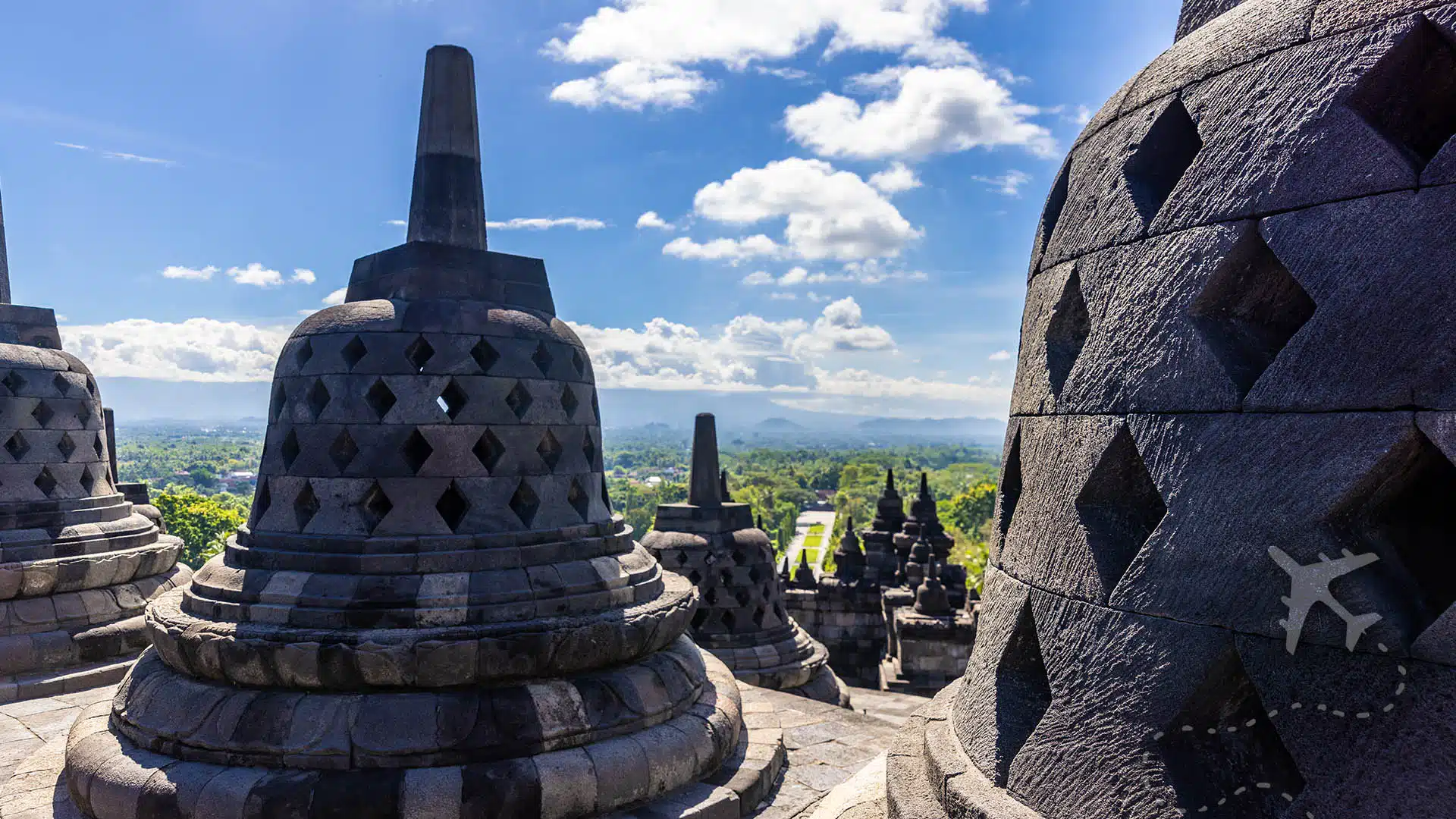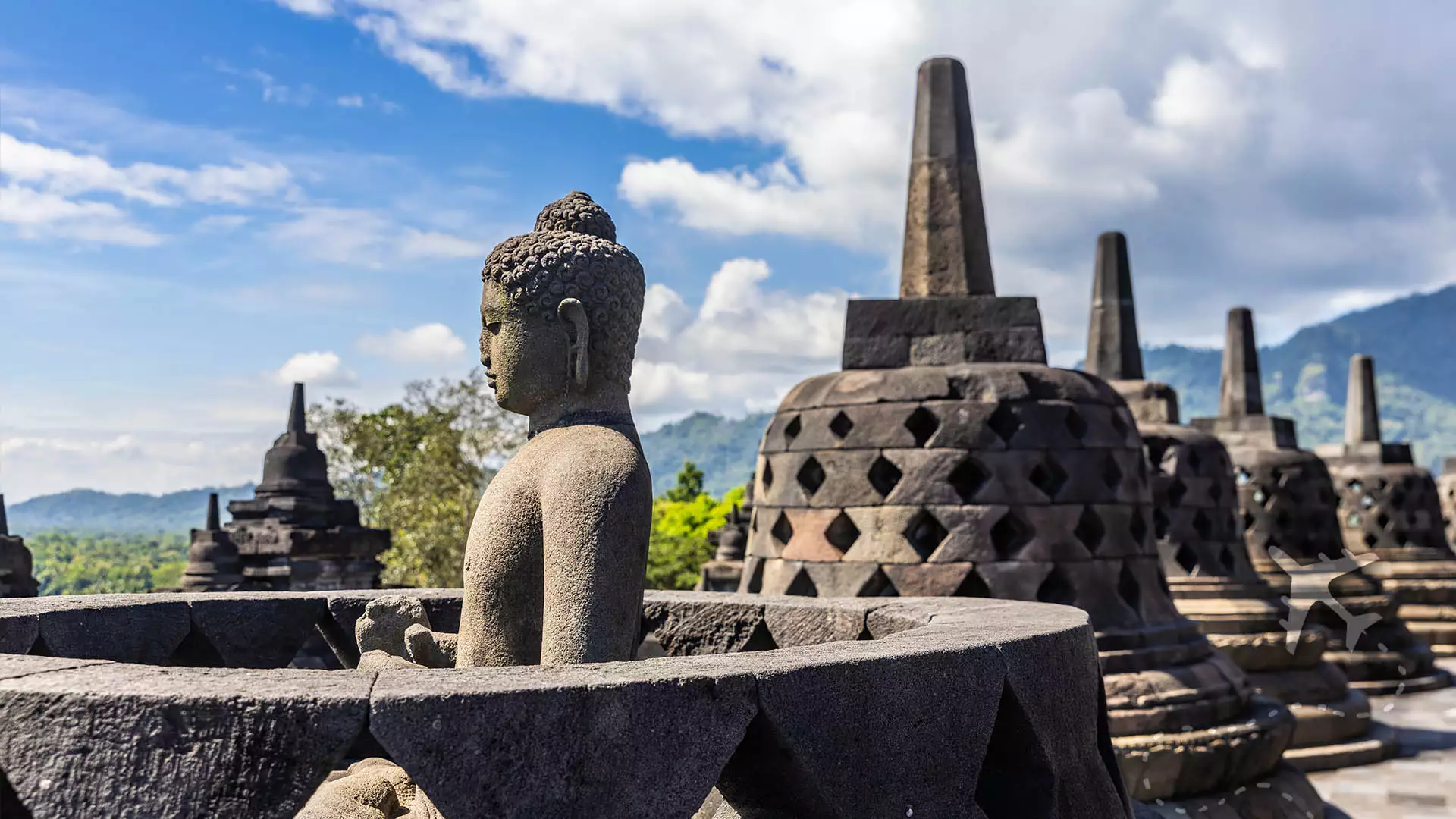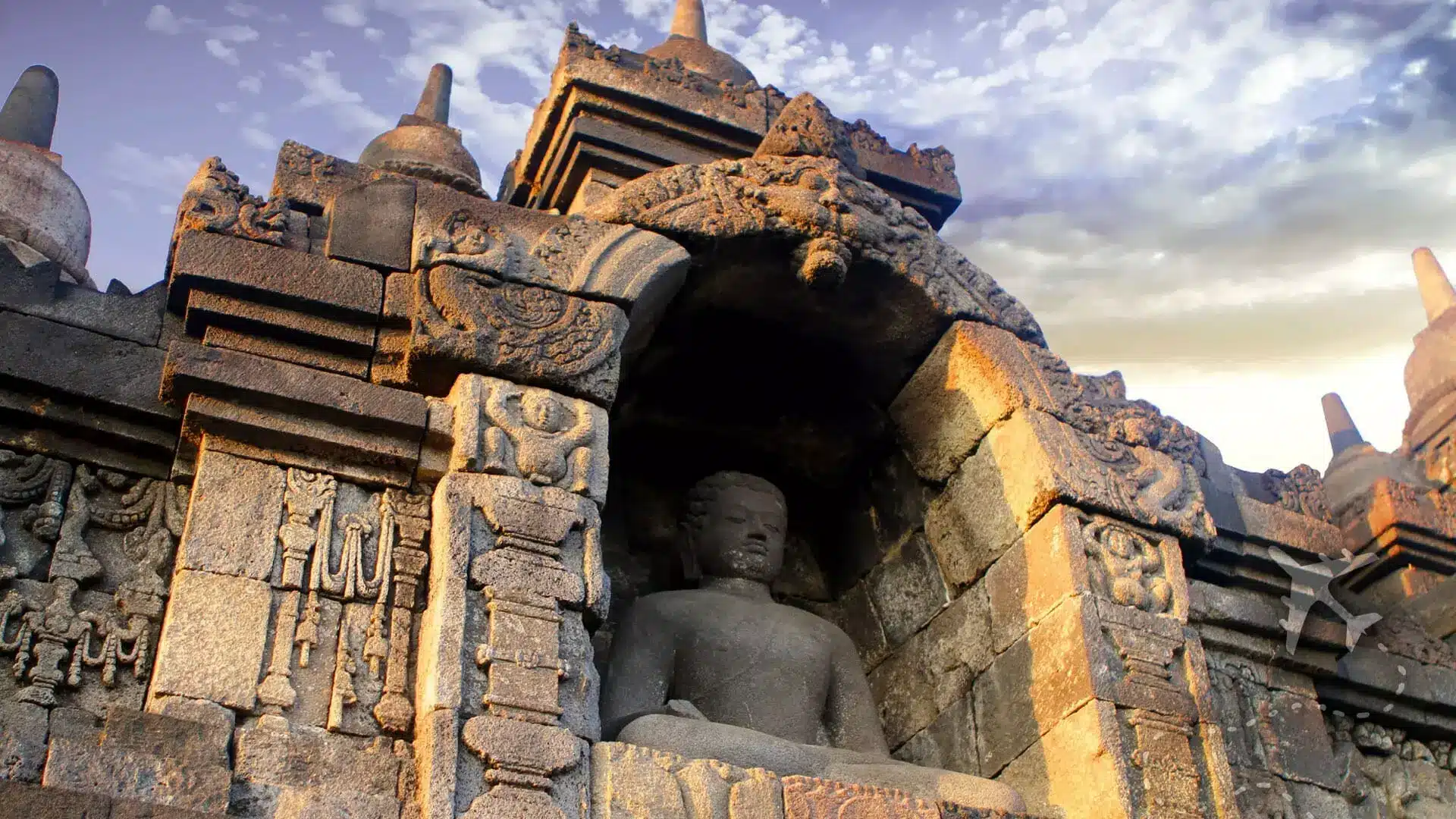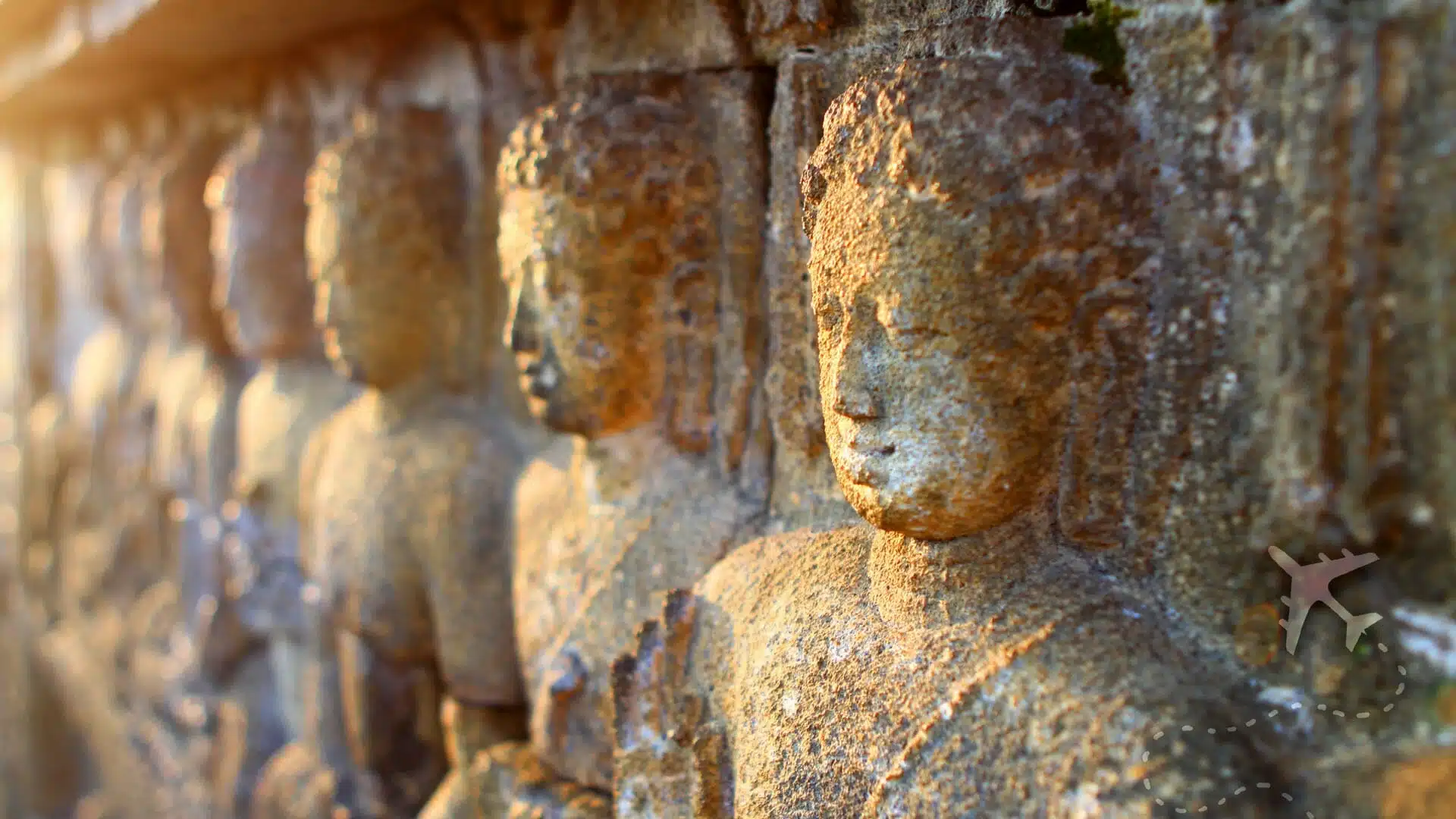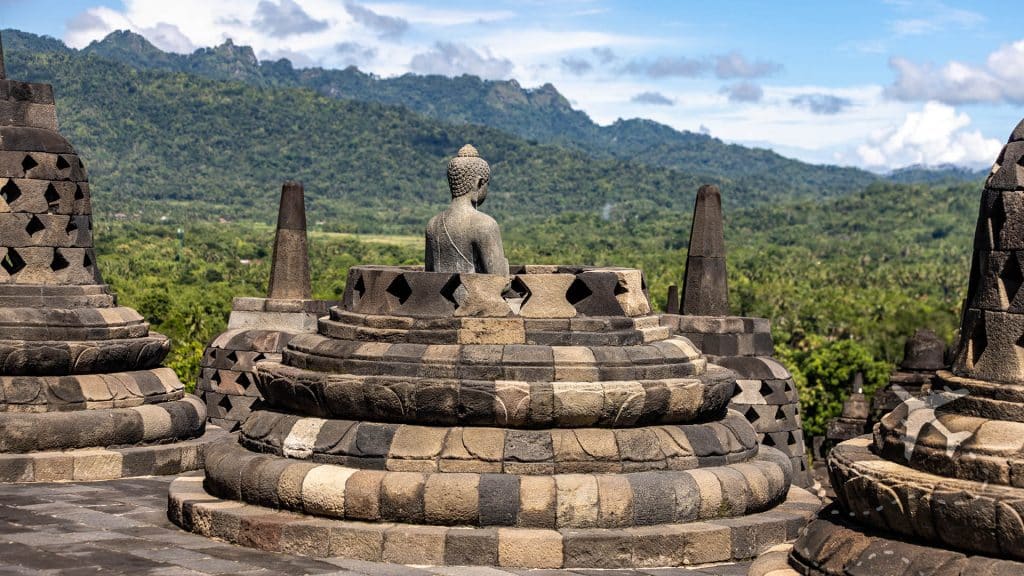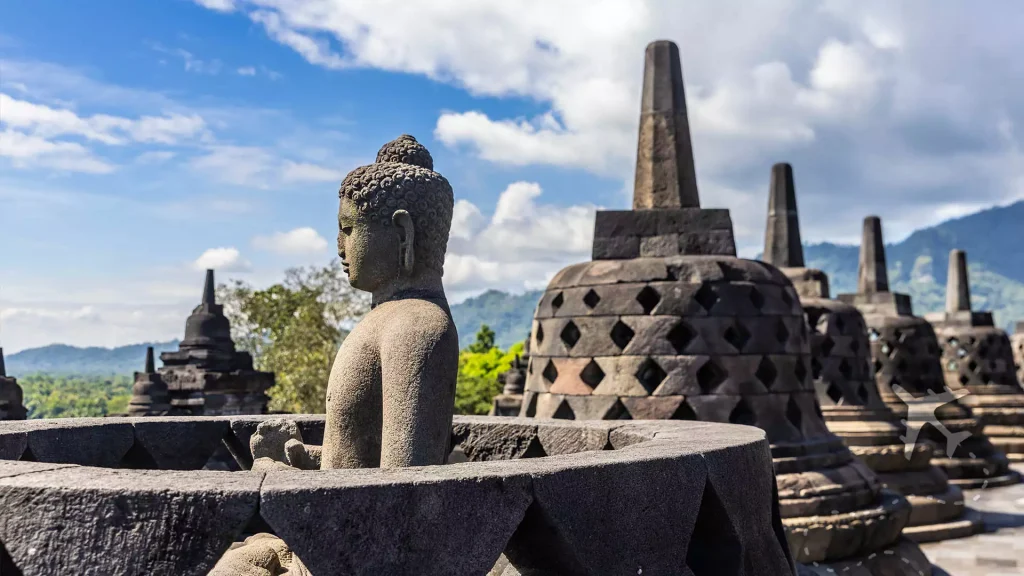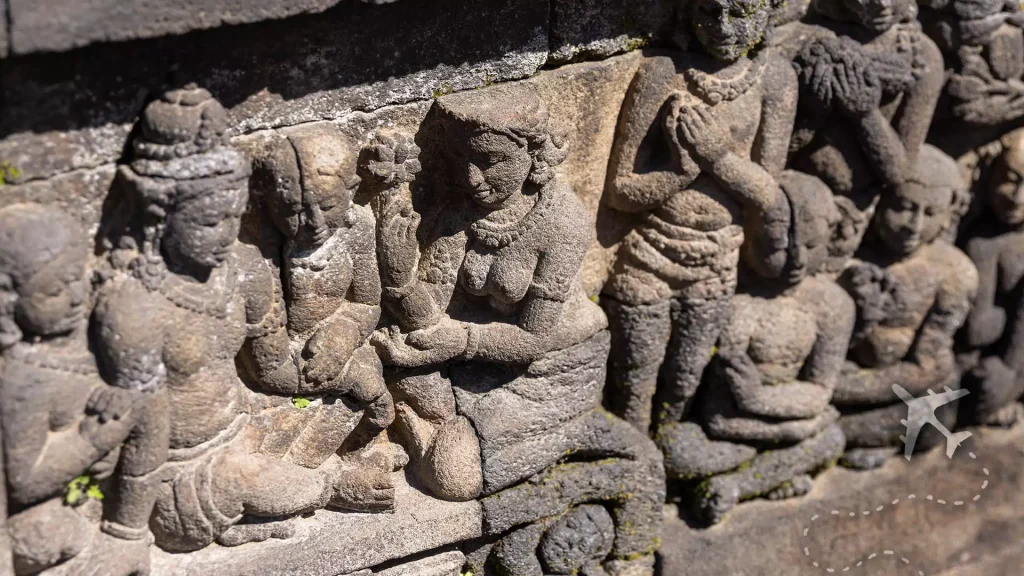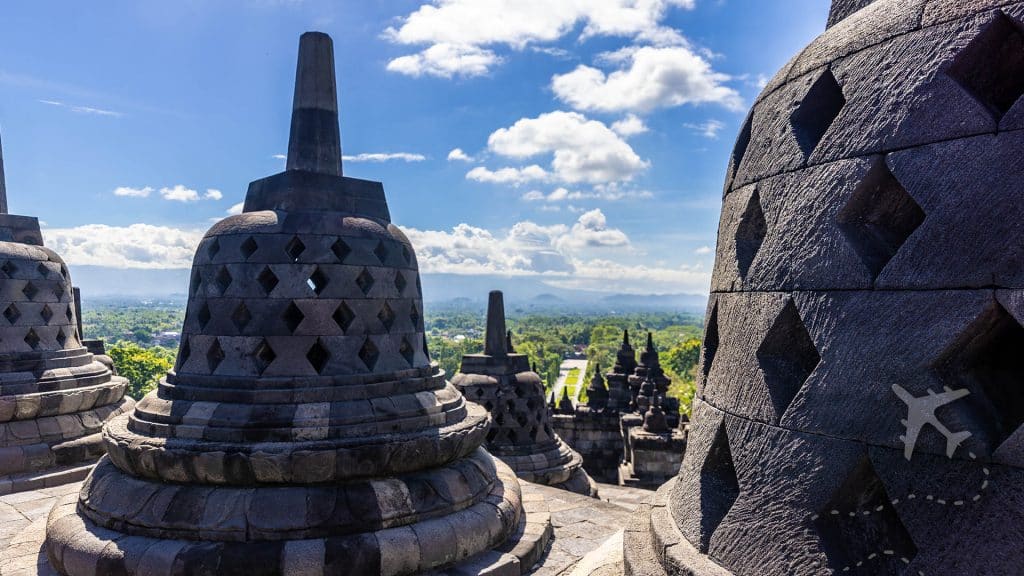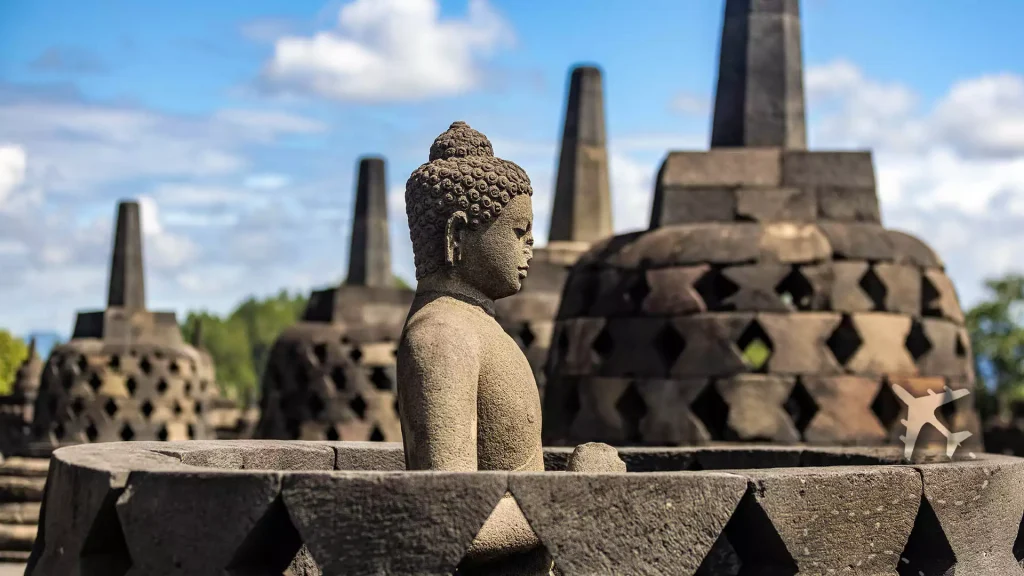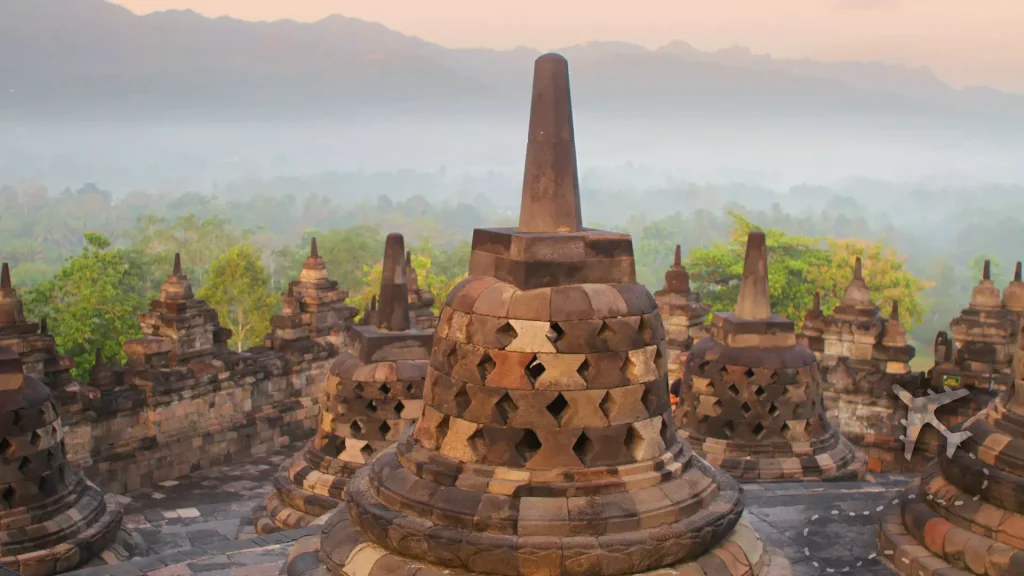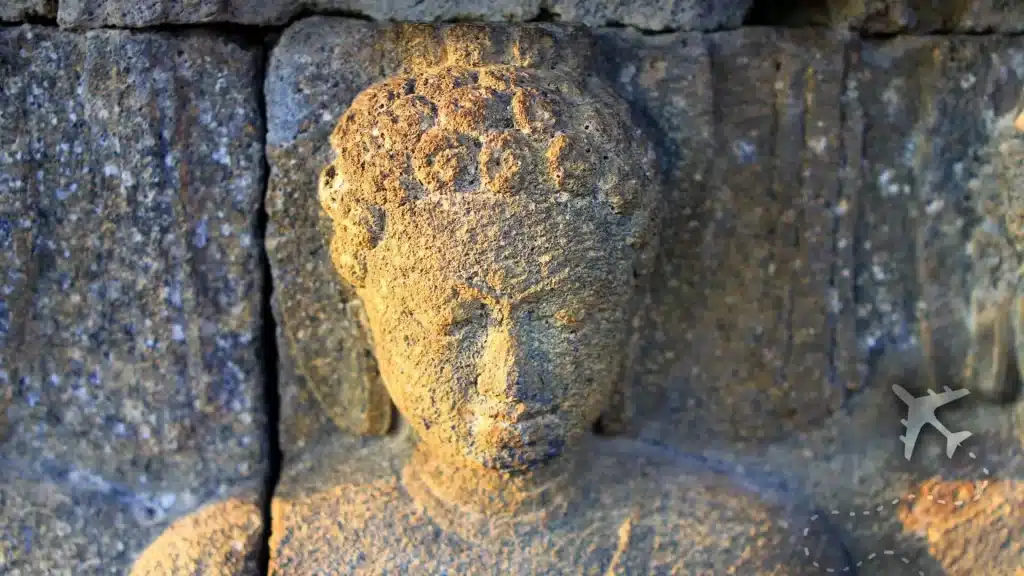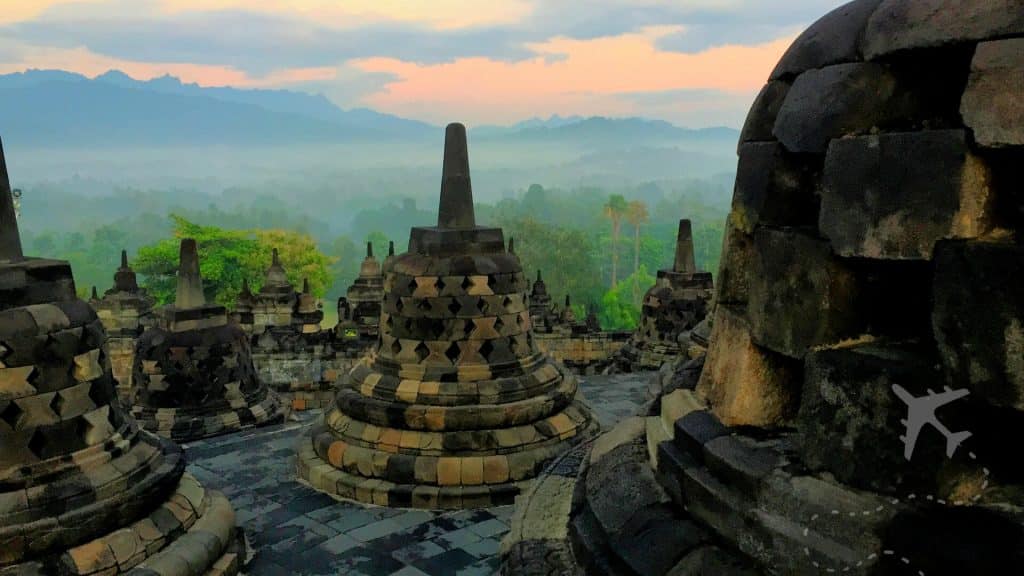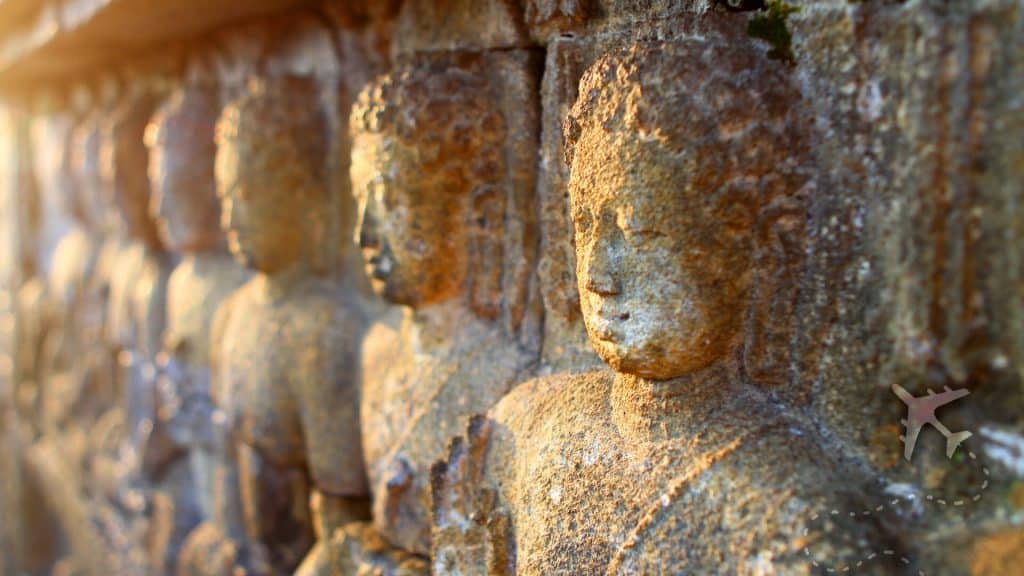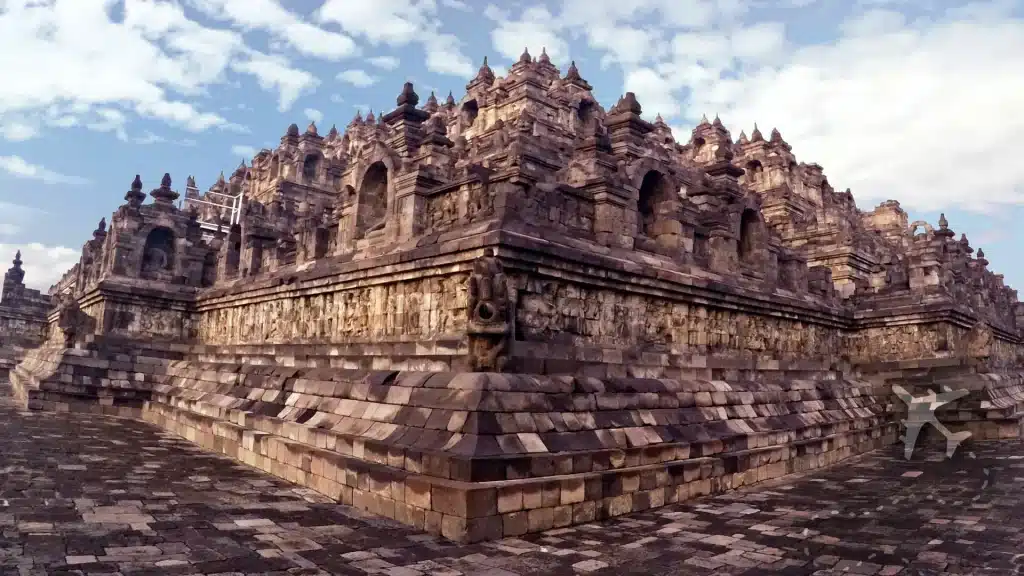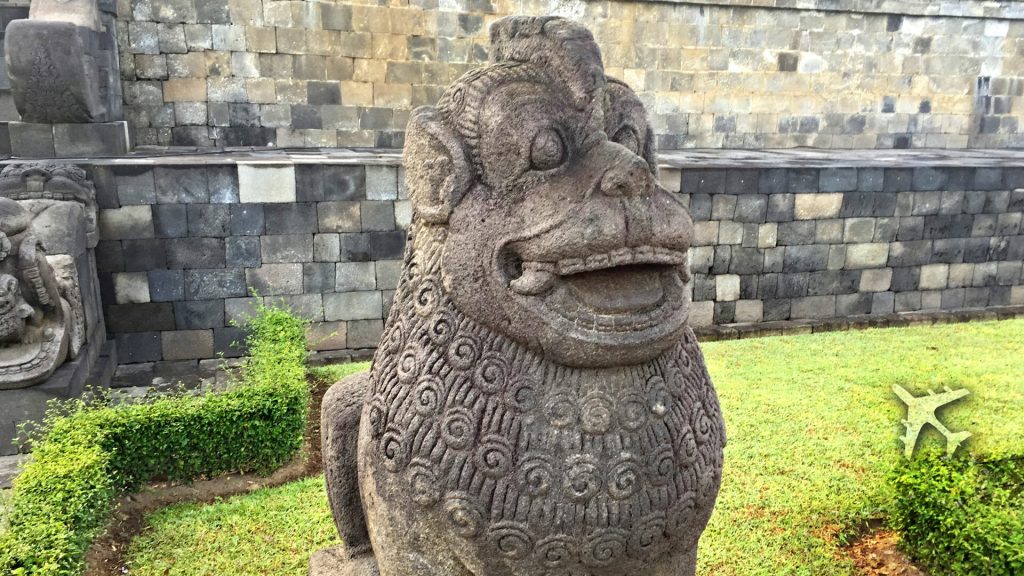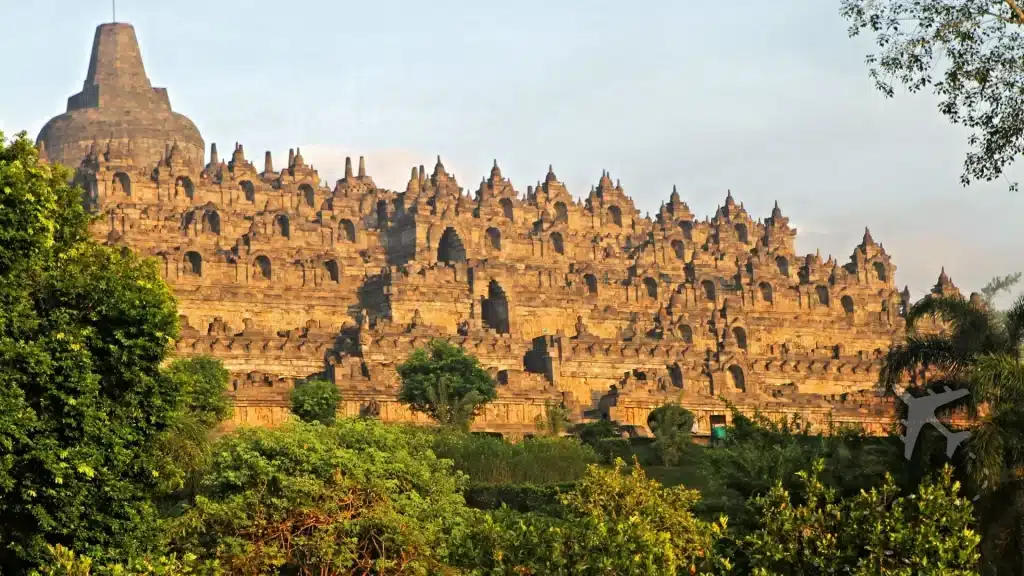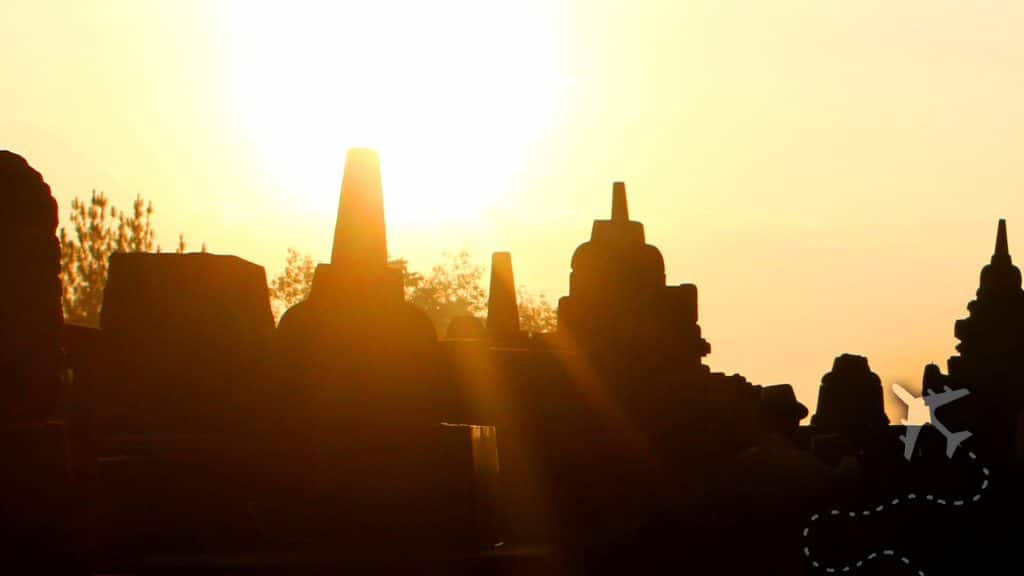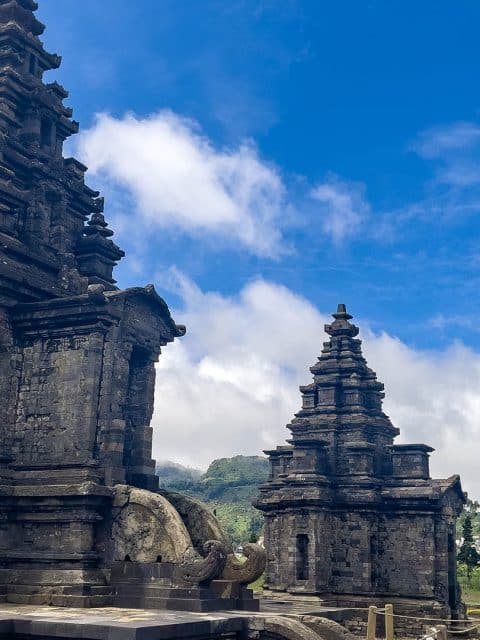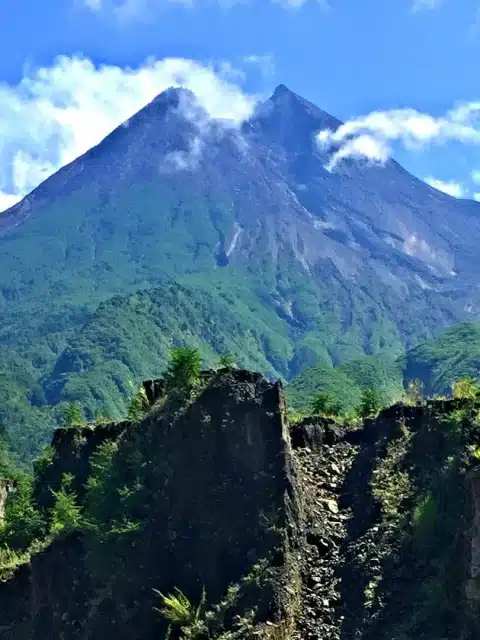There’s a place on Earth where time stands still, where the echoes of ancient rituals and the whispers of lost civilizations collide with nature’s raw, unfiltered beauty. I’m talking about Borobudur Temple in Central Java, Indonesia, a colossal Buddhist monument that’s as awe-inspiring as it is mysterious. This isn’t your run-of-the-mill tourist trap; it’s a pilgrimage site for history junkies, cultural explorers, and anyone who craves an encounter with humble beauty. And yes, I’m here to give you the unvarnished truth on how to experience Borobudur without getting trampled by the masses of selfie-stick zombies and shitty tourists.
DESTINATION: Borobudur Temple
CURRENT WEATHER
overcast clouds (27 C / 81 F)
![]()
AIR QUALITY INDEX (AQI)
Moderate (100)
The Legend and Legacy of Borobudur
Carved into the volcanic stone of Central Java during the 8th and 9th centuries, Borobudur is not just a temple; it’s a labyrinth of art, spirituality, and sheer human genius. With its nine stacked platforms adorned with over 2,600 relief panels and 504 Buddha statues, this UNESCO World Heritage Site is a living museum of Buddhist teachings and Indonesian history. The temple’s intricate carvings tell stories of enlightenment, struggle, and cosmic balance, inviting you to enter a realm where every stone has a story.
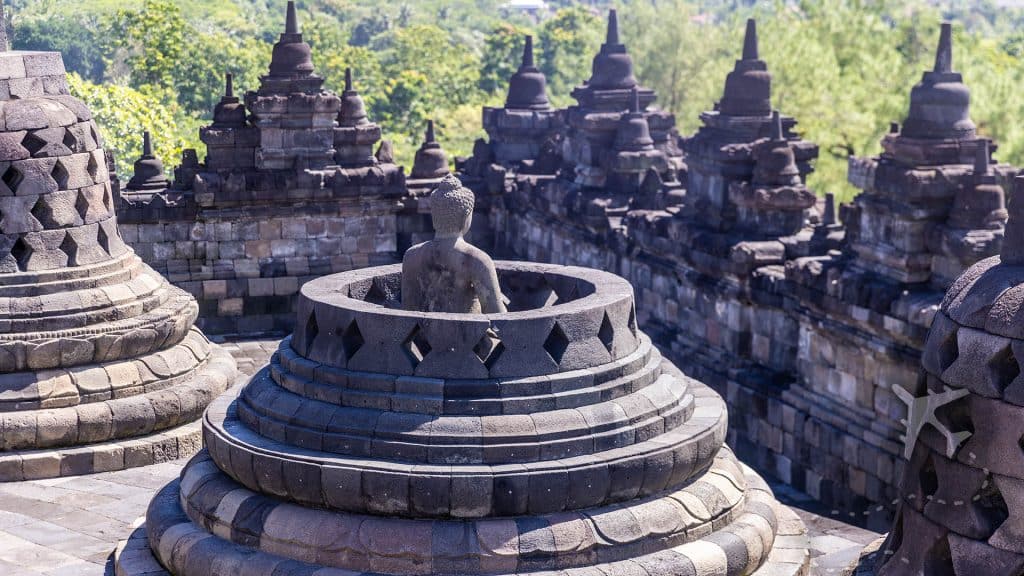
Originally built by Buddhist kings and scholars, Borobudur was abandoned, buried under layers of volcanic ash and jungle growth, only to be rediscovered centuries later. Its resurrection is a testament to the indomitable human spirit and our endless quest to preserve history. Today, the site is a beacon for travelers and scholars alike, drawing millions to its mystical embrace.
Why Borobudur is a Massive Draw
So, why does Borobudur have the power to suck you in, heart and soul? It’s simple: Borobudur isn’t just about pretty stone carvings; it’s about connection. When you stand before this ancient marvel, you’re not merely admiring architecture but communing with history. Every relief, every carved figure, and every step you take on its grounds is a journey into the minds and hearts of those who sought spiritual enlightenment long before our modern world existed.
But here’s the deal: Borobudur’s over-tourism was inevitable, given that it’s one of the most breathtaking destinations on the planet. In 2022, due to relentless daily visitors, the Indonesian Minister of Tourism and Creative Economy, in coordination with UNESCO, raised the entrance prices and started enforcing a strict daily limit of 1,200 climbers. This wasn’t some ploy to exclude you; it was a necessary step to combat over-tourism and preserve this fragile cultural treasure from the wear and tear of constant foot traffic. While these changes are unfortunate, they were designed to safeguard Borobudur for generations to come, ensuring that every visitor can have a more intimate and respectful encounter with centuries of human history.

Of course, these measures have come with a bittersweet twist: one of the most magical experiences, witnessing the sunrise over the temple, has been eliminated, as the temple now only opens at 09:00 (as of April 2023). Still, when you’re up close with an edifice that has silently borne witness to millennia of human aspiration and struggle, you deserve nothing less than the reverence and preservation these measures provide.
Insider Tips to Dodge the Tourist Shitshow
Let’s be real: Borobudur is famous, and with fame comes a swarm of tourists desperate to snap a perfect Instagram shot. If you’re looking to avoid the mind-numbing crowds and the cookie-cutter experiences, here’s how to reclaim your adventure:
- Get There at the Right Time: Timing is everything. Early morning is your golden window. Even though sunrise is no longer an option to visitors, reserve the earliest timeslot available to ensure you’ll be one of the 1,200 people with the humbling opportunity to climb the temple. Not only will you have the temple (relatively) all to yourself, but the soft morning light gives Borobudur an almost ethereal glow perfect for photos and quiet reflection.
- Pre-Book Your Tickets: Don’t be that guy who wastes hours in line only to find out you can’t climb the temple. Online tickets are available for booking to help secure your entry slot and dodge the worst of the ticket queues. With a pre-booked ticket, you can focus on what matters, immersing yourself in the history and spirituality of the place.
- Choose Off-Peak Days: If your schedule is flexible, hit Borobudur on weekdays rather than weekends or holidays. Fewer people mean a more genuine experience. You’ll get to walk the ancient pathways without feeling stuck in a tourist mosh pit.
- Respect the Space: Listen, we’re all here to soak in the magic of Borobudur. Keep your voice down, step aside for others to experience the peace, and resist the urge to treat this sacred site like another backdrop for your selfie. Respect goes a long way, and you’ll find that the locals and fellow travelers appreciate a little common sense.
- Dive Deeper into Local Culture: Don’t just stick to the temple grounds. Venture out into the nearby villages and immerse yourself in the local way of life. You’ll discover that the people of Central Java are as fascinating as their ancient monuments. Grab a meal, chat with a local vendor, or join a cultural performance to get a fuller picture of what makes this region so vibrant.

PRO TIP: If Borobudur is on your itinerary, be sure to take in the nearby breathtaking Prambanan temple and Ramayana Ballet show.
The Climb: A Journey, Not a Race
When you finally step onto the ancient steps of Borobudur, remember, this isn’t a race. It’s a journey for both the body and the soul. Take your time and let the climb become a meditation as much as a physical challenge. As you ascend, pause to examine the intricate reliefs lining the walls; each panel is a lesson in art, history, and spirituality, offering a window into the beliefs and aspirations of those who built this monumental marvel.
And here’s a wild tidbit I learned on my second trip: every single stone in this vast compound is individually inventoried and tracked. Stones worn beyond acceptable standards or pose safety risks to visitors are constantly replaced. Each replacement stone is marked with a small white dot to indicate it’s not an original 9th-century piece; a fact that shocked me as I spotted these white-dotted stones throughout the temple. UNESCO keeps a close eye on this because maintaining the percentage of original material is crucial for Borobudur’s prestigious World Heritage Site status.
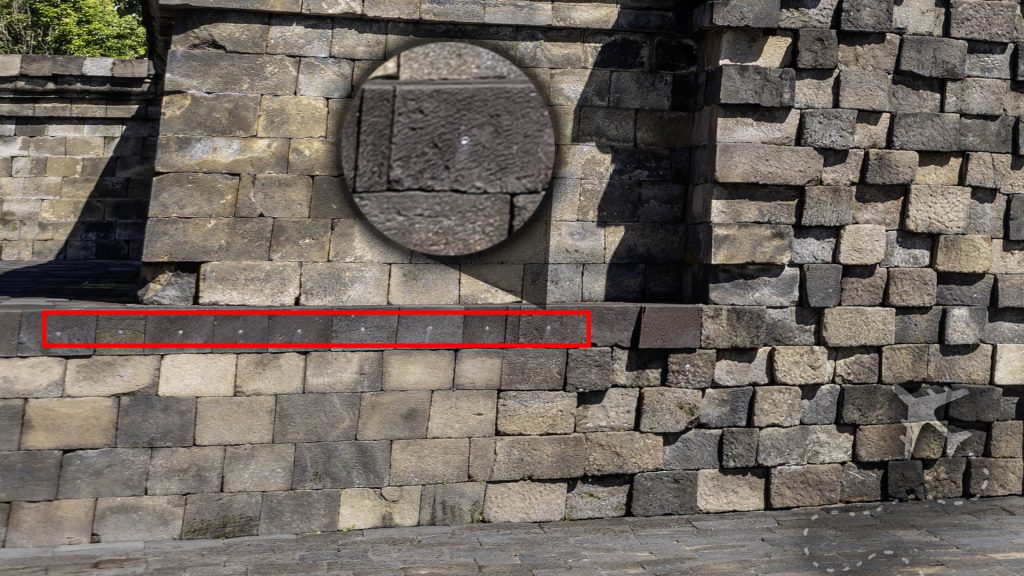
Sure, the climb can be steep and, honestly, a bit challenging. But that’s part of the charm. Every drop of sweat is a small price to pay for the sheer awe you’ll experience when you finally reach the summit. A breathtaking panorama unfolds: rolling hills, lush rice paddies, and distant volcanic peaks. It’s a reward that makes every step worth it, an experience that transcends the physical journey and transports you into a realm where history, nature, and spirituality converge.
The Unfiltered Verdict: Why Borobudur is a Must-Visit
Borobudur Temple isn’t just another stop on your bucket list; it’s an experience that transforms the way you see history, culture, and spirituality. It’s a place where every stone whispers a story, where the ancient meets the eternal, and where you can truly disconnect from the bullshit of modern life.
In a world overrun by cookie-cutter tourist traps and overcrowded attractions, Borobudur stands as a testament to what genuine cultural tourism should be. The decision in 2022 to limit daily visitors to climb the temple isn’t about gatekeeping, it’s about preserving this priceless monument for future generations and ensuring that every visitor can experience its magic in a respectful, intimate way.
So if you’re ready to step off the beaten path, dodge the selfie-stick zombies, and immerse yourself in a journey that’s as enlightening as it is awe-inspiring, Borobudur is calling your name. Plan your trip, follow these no-BS tips, and prepare to be transformed by one of the world’s most extraordinary cultural treasures.
Get out there, embrace the adventure, and let Borobudur show you the raw, unfiltered beauty of ancient human ingenuity.


